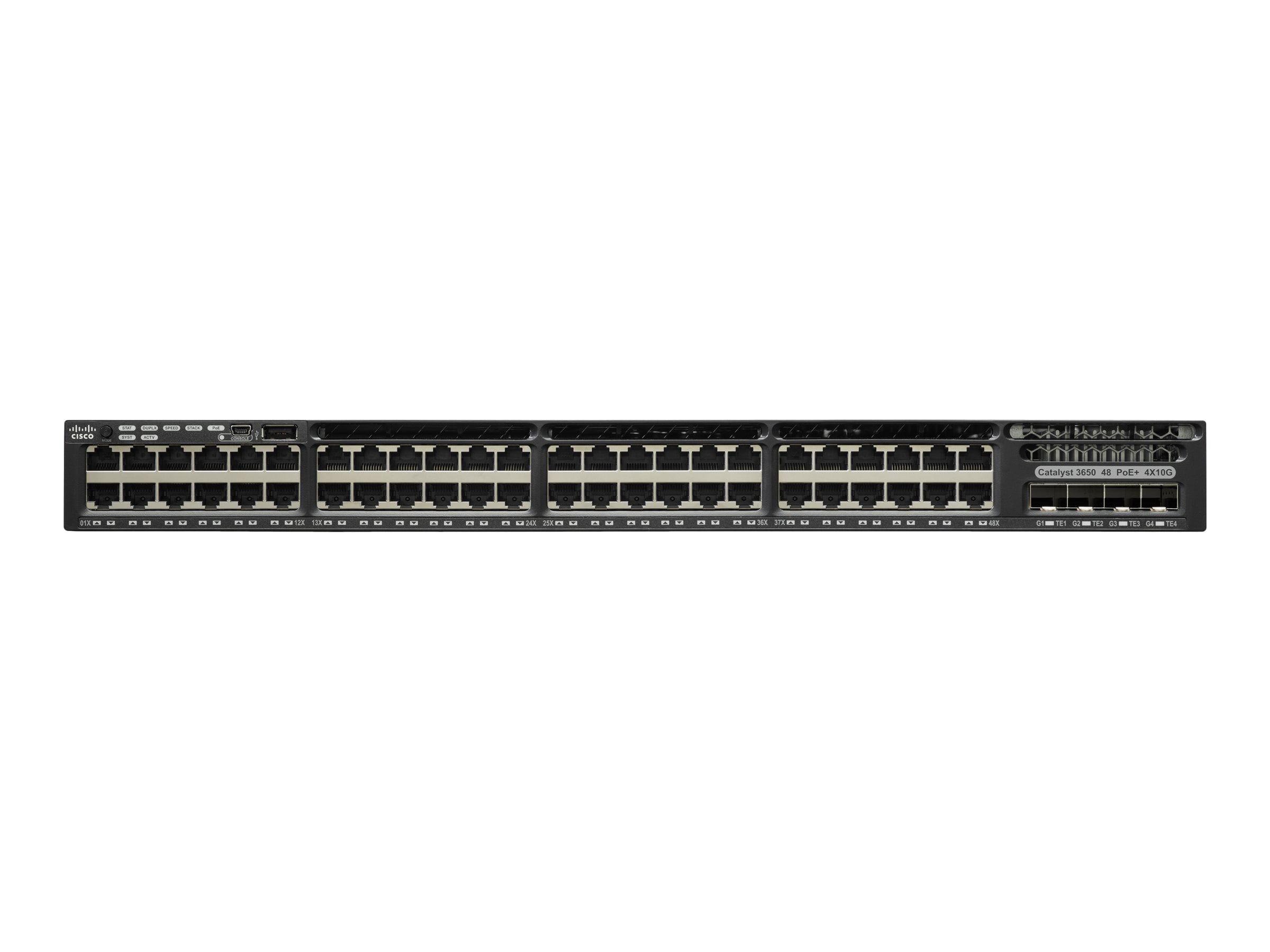The best way to Find a Network Switch
The network switch is among the most common network device implemented with company infrastructure and thus picking a any new switches or upgrading is often a major factor of all network design projects. The Cisco network switch components include Switch Chassis, Supervisor Engine, Switching Modules, IOS/CatOS software and Power Supplies. Careful analysis buy new switches or upgrade equipment is decided after thinking about the network assessment and design features specified. Wireless designs, as one example, can have network switches interfacing with access points. That will have an affect on the switch such as increased utilization, assigned switch ports, access control lists, Trunking, Spanning Tree Protocol and increased wattage draw from Control of Ethernet (PoE).The Switch Chassis features include - chassis dimensions, amount of slots, processor slot assignments, switching fabric, engines types supported, power supplies, rack units needed.
Cisco switches are implemented with an Engine (Switch Processor) for processing packets on a network segment. Routing is accomplished with an on-board Multi Layer Switch Feature Card (MSFC) or Route Processor running IOS code. The switch Engine running IOS code on the MSFC along with the switch processor is native mode, while those running CatOS around the processor come in hybrid mode. Some engines won't support native and hybrid mode. The engine without MSFC supports what is called CatOS mode. Select the engine that matches your design specifications. The MSFC module is integrated together with the Engine or upgradeable. You need to implement a PFC module with any MSFC. Some Engines haven't any MSFC module - the routing is integrated with all the hardware and thus support native mode only.

Cisco network switches can be deployed with IOS, IOS and CatOS or exclusive CatOS software. Design features determine what mode and IOS or CatOS version is selected. The software program running on the Route Processor must be IOS even though the Engine Switch Processor will run IOS (native mode) or CatOS (hybrid mode). Some Cisco equipment such as the 4507R deploy the Supervisor Engine IV without having MSFC onboard. The road Processor is integrated with all the engine. Achievable design, the Engine IV doesn't support CatOS.
Native IOS - deployed at the network edge where most routing occurs plus some switching should be used
Hybrid - deployed with the network core and then there is both routing and also speed switching
CatOS - deployed in the network access layer and then there is switching no routing
Switch Shopping process? These describes the five aspects of any network switch buying process:
1. Look at the network assessment and design features specified
2. Select switches which include all the design features
3. Select switches with proper scalability
4. Balance cost and equipment features while meeting budget guidelines
5. Select IOS and/or CatOS software version
The Network Assessment and design specifications should be thought about prior to buying any network switches. The network assessment examines the design, configuration and equipment that is implemented on the job the location where the selected devices is going to be deployed. The design specifications will determine performance, availability and scalability features needed. Choosing the IOS and/or CatOS version occur after seeking the set of features. Companies specify a budget which is actually a key consideration with any equipment selection. It isn't really affordable to select a Cisco 6509 switch on an office with 50 employees. It is important that you end up picking equipment that meet the design specifications, contains the scalability features needed while meeting budget guidelines.
To read more about ws-c3650-24ts-s website: click now.